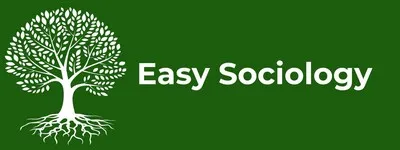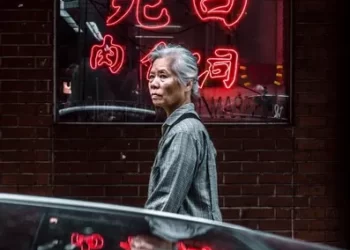Table of Contents
- The Role of Space in Halloween Celebrations
- Economic Stratification and Halloween
- Social Norms and Halloween: Urban Deviance and Control
- Cultural Appropriation and Halloween Costumes in Urban Spaces
- Community Dynamics and Halloween: The Urban Family Experience
- Halloween and Social Identity in Urban Contexts
- Urban Halloween and the Dynamics of Community Identity
- Halloween as a Marker of Social Boundaries in the City
- Halloween and the Influence of Urban Tourism
- Halloween as a Form of Urban Resistance and Social Commentary
- Conclusion
- Poll
- Think!
- Essay Suggestions
- Research Suggestions
- Further Reading
Halloween, one of the most celebrated holidays in the United States, offers an intriguing opportunity to analyze social dynamics within urban environments. From neighborhood trick-or-treating to elaborate parties in bustling cities, Halloween reveals key insights into community identity, spatial dynamics, social norms, and the ways that urban spaces shape holiday rituals. Through an urban sociology lens, we can understand how Halloween’s festivities reflect the complex interactions between space, class, and culture in urban settings. This analysis will explore Halloween as a window into the layered social structures and norms that characterize urban communities.
The Role of Space in Halloween Celebrations
Space is fundamental to understanding Halloween in urban settings, as it determines where and how the holiday is celebrated.
Neighborhoods and Social Cohesion
Halloween often brings urban neighborhoods together in unique ways:
- Trick-or-treating offers a way for residents, especially families, to connect in neighborhoods that might otherwise lack cohesion.
- This ritual creates a sense of community, as people come together to celebrate, often meeting neighbors for the first time.
- Urban neighborhoods vary widely in Halloween participation, with some known for elaborate decorations and welcoming atmospheres, while others are quieter or less engaged.
- This variance often reflects socioeconomic and demographic differences, as wealthier areas may have more resources to dedicate to Halloween displays and celebrations.
- Community engagement in Halloween can reinforce local bonds, creating a collective identity around shared traditions.
Gentrification and Changing Halloween Traditions
Urban sociology often examines the impact of gentrification, a process of neighborhood transformation involving the influx of wealthier residents that displaces lower-income groups. Gentrification has notable effects on Halloween:
- Gentrifying neighborhoods may see changes in Halloween traditions, with newer, affluent residents introducing different ways of celebrating.
- Halloween displays in these areas may become more elaborate, with higher costs invested in decorations and events.
- Displacement of long-standing residents can lead to a loss of traditional Halloween customs, as newer residents may not engage in the same rituals or customs.
- As wealthier residents settle in, Halloween can become more exclusionary, with gated decorations or “invite-only” parties replacing more inclusive events.
- These shifts reflect the broader changes in urban social dynamics that come with gentrification, impacting community participation in Halloween rituals.
Economic Stratification and Halloween
The economic stratification, or division of wealth within urban areas, shapes Halloween experiences, with wealthier neighborhoods often enjoying a richer Halloween culture.
Socioeconomic Status and Access to Halloween Events
Socioeconomic status plays a role in who can participate in certain Halloween activities:
- Access to costly attractions such as haunted houses, costume events, or upscale Halloween parties is often limited to those with higher income.
- Wealthier families may spend significantly on costumes, decorations, and food for gatherings, reinforcing Halloween as a consumer-driven event.
- Lower-income communities may celebrate Halloween in more minimal ways, focusing on essentials like candy distribution rather than elaborate displays.
- Urban Halloween festivities often highlight economic divides, with different experiences in different areas based on access to resources.
- For lower-income families, free community events or public trick-or-treating routes provide a more affordable way to celebrate, reinforcing the need for inclusive, accessible Halloween experiences in cities.
Commercialization of Halloween in Urban Spaces
Halloween’s commercialization is evident in the urban setting, where businesses cater to Halloween consumers:
- Retail stores in urban areas stock extensive Halloween supplies, catering to a consumer base looking for costumes, decorations, and party supplies.
- Urban pop-up stores appear in vacant spaces each October, illustrating the seasonal demand for Halloween goods.
- Some urban spaces host Halloween markets, attracting locals and tourists, turning Halloween into a business venture that supports the local economy.
- This commercialization reflects the capitalist nature of urban life, where holidays become profit-making opportunities rather than purely social or cultural celebrations.
- The urban environment thus facilitates Halloween’s commodification, transforming it into an economic event as much as a social or cultural one.








